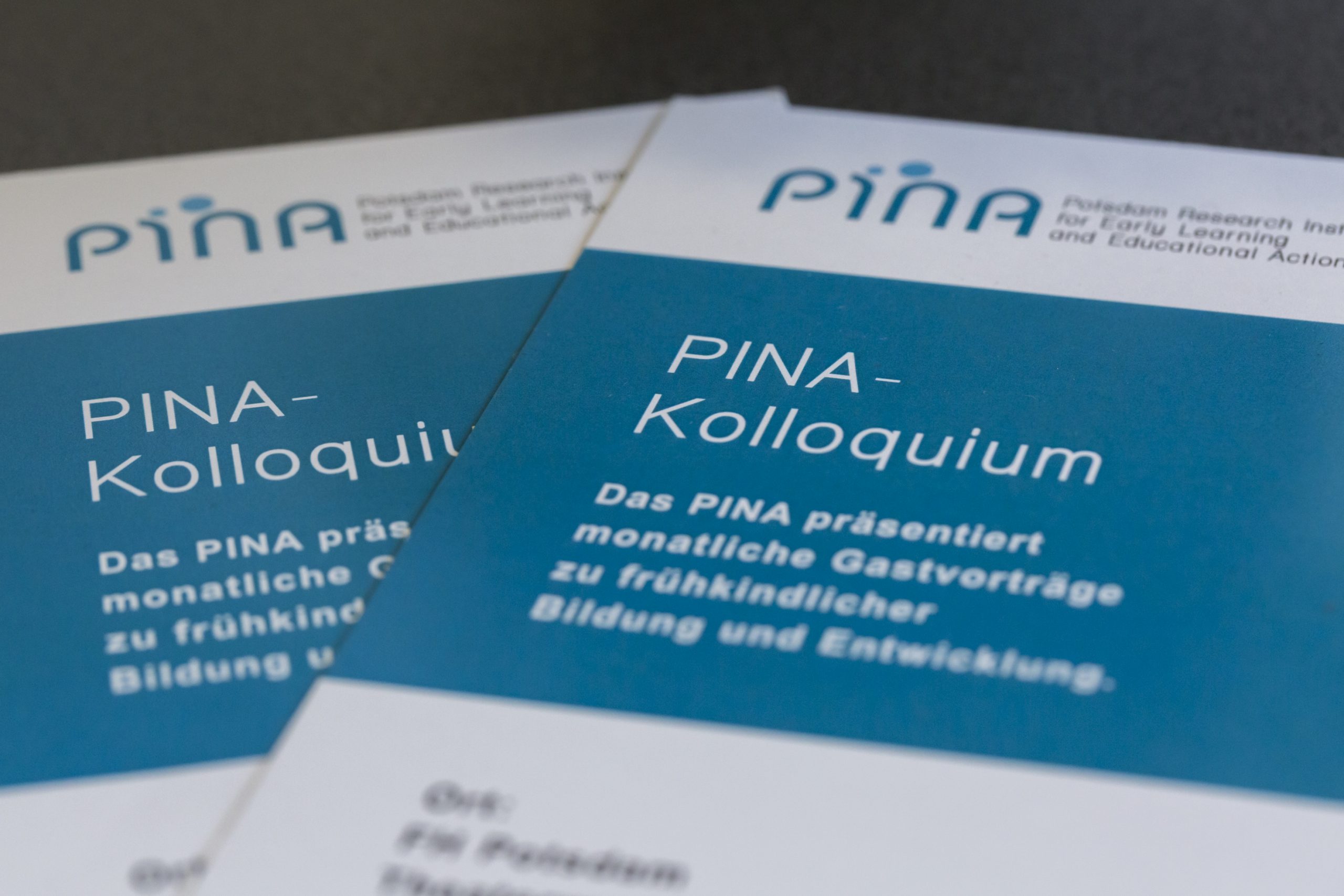
18.01.2023, Colloquium with Alan Cienki
On metaphor and gestures
Shortly after the publication of Lakoff and Johnson’s (1980) Metaphors We Live By, the psychologists David McNeill and Elena Levy (1982) were the first to apply this work in research on speakers’ gestures, by claiming that some uses of gesture could be seen as being motivated by underlying metaphoric mappings. McNeill (1985, 1992) developed this idea more extensively, particularly noting how when introducing a topic (e.g., “it was a Sylvester and Tweety cartoon”), speakers may position their hands open and facing each other in the space in front of them, as if holding something invisible between them. A number of researchers pursued this line of inquiry in subsequent years (e.g., Calbris 1990; Cienki 1998; Müller 1998; Sweetser 1998; Webb 1997), pointing out the diversity of source domains that might be expressed spatially in gesture, and the corresponding great variety in target domains that might be referred to. The volume Metaphor and Gesture (Cienki & Müller 2008) provided a state-of-the-art overview of such research up to 2008. Since then, investigations have proceeded in a variety of different directions; they include work from the perspectives of cognitive psychology and cognitive science, linguistics, cultural anthropology, organizational studies, education studies, philosophy, and dance. Against the background of this research, we will consider a number of questions, including how the analysis of metaphor in gesture provides new insights for the study of metaphor in talk (and in metaphorical ways of thinking), and how the multifunctionality of gestures provides challenges for research that are different from those found in research on verbal metaphors.
Please ask for the ZOOM link at: nadin.klueber(at)fh-potsdam.de
